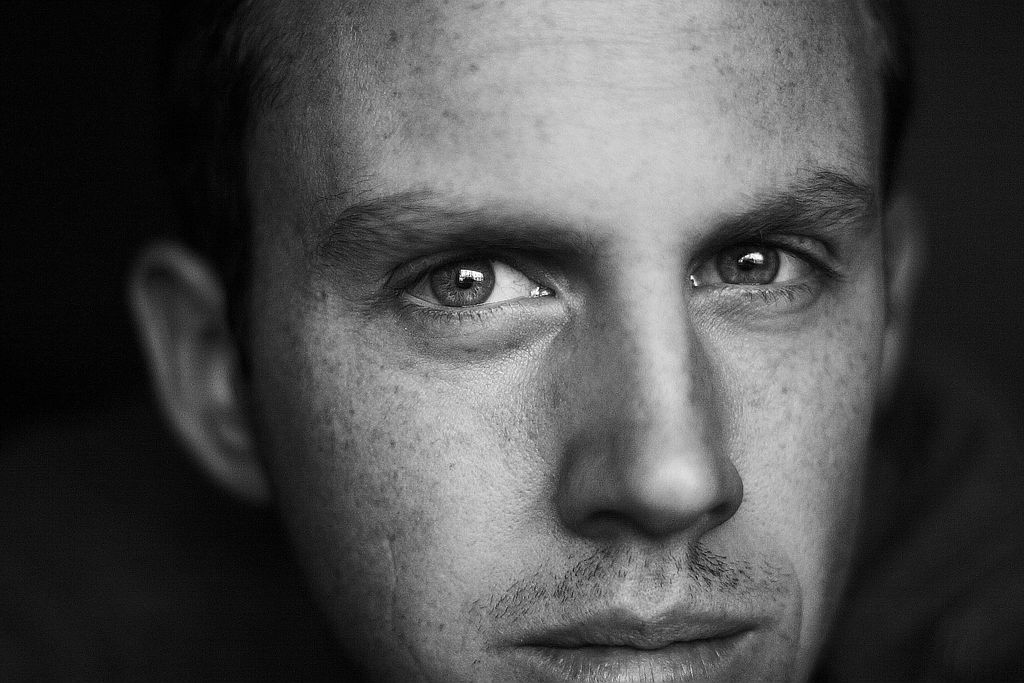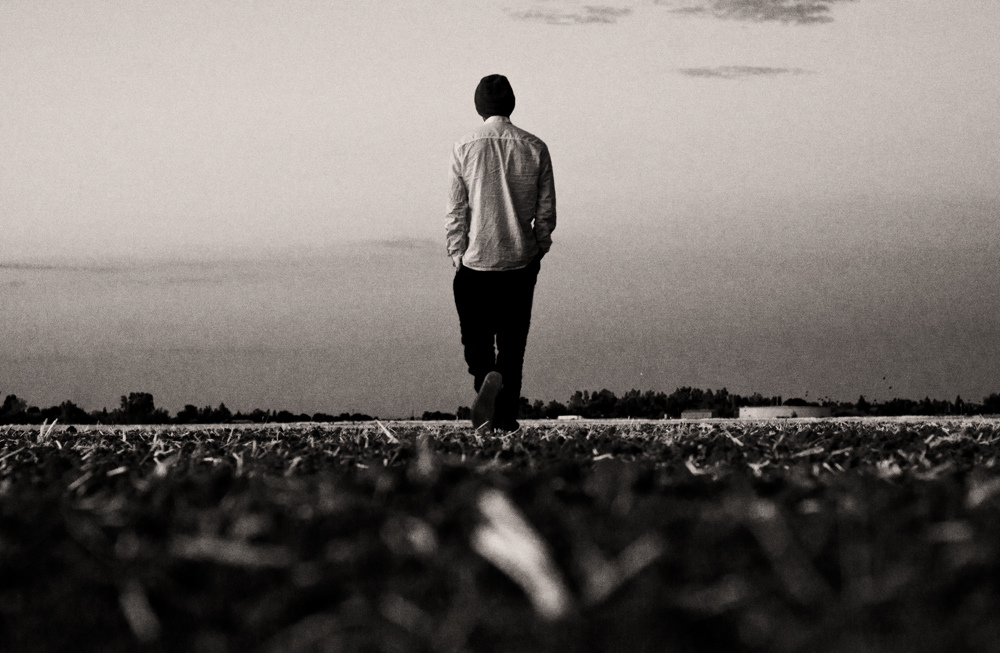“It is only in adventure that some people succeed in knowing themselves – in finding themselves.” – Andre Gide
In 2007, a friend of mine invited me to join her on a three day supported ride of the Kokopelli trail. The trail started about 40 miles west of Grand Junction down Highway 70 and ended in Moab, Utah, just south of Arches National Park. The ride started as a tradition among a group of talented endurance mountain bikers who could have easily been mistaken for athletes from the X Games.
After a few years, the ride leaders started a tour company to help several dozen intermediate riders complete this “epic ride of a lifetime” every May. On their website, they rate the overall challenge level of the ride about halfway between “hard” and “insane.” But they also say that any intermediate rider who does the appropriate endurance training can complete the ride.
When I signed up, I was excited. And nervous. I knew I could do the endurance and strength training. I was a bike commuter and on a bike racing team which meant I rode a lot. Ten miles a day during the week and long rides of thirty to fifty miles on the weekends. I’d just have to bump that weekend mileage up a bit to be ready.
What I was really nervous about was the desert. I was a beginner camper and had no experience navigating on my own. My boyfriend, who happened to be an experienced mountain search and rescue volunteer, quizzed me on first aid and survival skills before I went. Because, well, we had gone camping once.
The first day of the ride started badly. Within a few minutes of hitting the trail our group of seven splintered into a group of five-speed demons and two stragglers — I was one of the latter. I was taking it easy, unsure if I’d had enough time to adjust to the 4,000 ft altitude.
Later that afternoon, we regrouped. I finally understood what our five fastest riders were so excited about. We spent the afternoon riding a trail that had a series of smooth rolling hills on a slight decline. It made it feel like you were flying. I couldn’t wait to do it again!
The second day started worse. I took a wrong turn and lost contact with all of the other riders. The anxiety attack started almost immediately. Certain death seemed likely. I had visions of myself laying on the ground with severely sunburned, rotting flesh, begging for water. I started crying. I felt so alone.
I could see a highway in this distance. I considered flagging down a truck and asking them to take me to the nearest town. The fear of flagging down the one truck driver who was secretly a serial killer stopped me. I hated myself for signing up for this dumb ride.
I decided the desert was the better option. I took a deep breath and retraced my steps. When I made it back to the trail, I met up with Susan and John*, two other stragglers who asked me to join their group. They had met at the starting line on day one.
I imagine their conversation that first day went something like this.
Susan: What kind of training did you do for this ride?
John: I didn’t really train.
We were riding over a mountain range with several thousand feet of elevation gain a day. My friends and I had trained for months building up to six or seven-hour rides over lots of hills.
Susan: What kind of maps did you bring?
John: I don’t have a map.
Each member of my group had their own SET of maps. We were completely responsible for navigating between the starting point, lunch, and our night time camping spots.
Susan: How much water do you have?
John: Half a CamelBak.
We were in a desert in nearly 100-degree heat on a trail with no available drinking water. We only got a chance to fill up our water containers at a designated lunch spot and our night time camp. We were told to bring the largest water reservoirs we could carry.
By the time I met Susan and John, John said he was tired and didn’t want to ride anymore. Susan quietly told me she was worried about him. As other riders joined our group, I ended up with the job of keeping an eye on John.
It was so hot and John was so quiet that I worried he might be suffering from heat exhaustion. I tried to keep him talking to monitor his mental state. He told me he couldn’t talk. I offered to tell him stories, but he said he couldn’t concentrate. I kept trying to get him to talk anyways. I’m not sure which one of us was more grateful when we made it to the lunch spot.
John decided that he was going to stop riding — which was the best decision for his safety, and meant that we didn’t have to spend the rest of the day worrying about him. Susan and I set off for the afternoon ride without him. It was scorching hot. We leapfrogged between shade trees with other riders as we climbed.
We made slow progress — our morning adventure with the man who wasn’t remotely prepared for this ride had taken its toll. And the oppressive heat didn’t make it easy to recover. At nearly 8pm that night, we were two of the last riders to arrive at camp.
We were also two of the last riders to leave camp the next morning. It was our third and last day of riding. And about halfway through the day we would ride part of one of the most famous mountain biking trails in the country: Porcupine Rim.
About a half-mile into Porcupine Rim, I tore my front brake. We couldn’t fix it on the trail. We started walking down into town. That’s when the giggling started. And it didn’t stop.
Because I had signed up for this ride to prove to myself that I was something special. And after riding nearly 150 miles over the La Sal mountains, getting lost, babysitting an alarmingly unprepared rider, breaking my bike, and surviving 3 days in the desert in near triple-digit heat,it just seemed hilarious that I had ever questioned myself. I didn’t need any more crazy endurance rides to know what I was capable of.
We all have times where the path in front of us is intimidating, when we feel lost, and when the things we depend on break. Our job is to respect those feelings, but not let them stop us.
Because the guy who isn’t worried enough about his safety to bring enough water to the desert is in more danger than he realizes. But the girl whose anxiety leads her to take first aid classes, train for months, bring her own set of maps and then laughs at how silly her anxiety was when everything goes horribly wrong? You can bet on her.
Growth happens when you are ready for it. What you do to get to the starting line matters.
Have you ever had a moment where you realized you were more prepared than you thought? Or met someone else who made you appreciate the experience you had that you took for granted?
* Names have been changed.






Amazing! So many times we doubt ourselves and, at the end, we got what it takes. Thanks for sharing this beautiful story Lori!
Thanks for reading Lais! It’s counterintuitive, but I think that doubt is actually a healthy sign. It helps us prepare for the challenges we don’t expect. And it helps us appreciate what we accomplish!